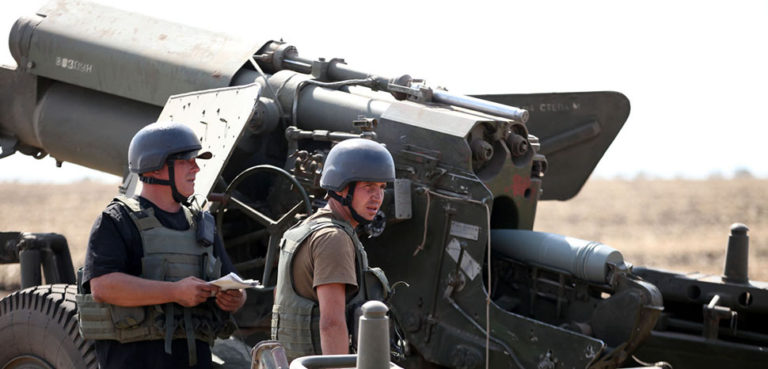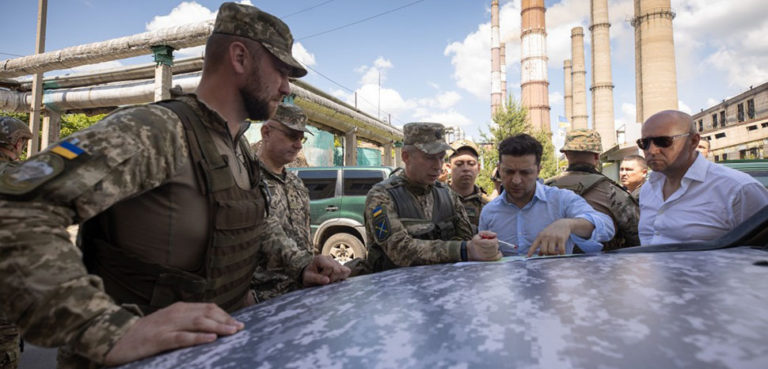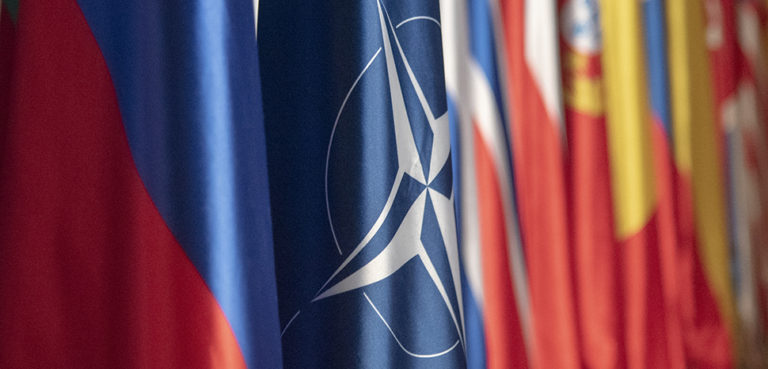Throughout the Cold War, NATO focused on containing the threat of Soviet expansion from the USSR. After the Cold War ended, NATO’s relevance was widely questioned in the absence of this primary adversary. In recent years, China has emerged as a significant threat to the US-led international order. Consequently, starting with the Trump administration, the United States has pivoted its defense priorities toward Asia. This shift was reflected in the 2017 National Security Strategy, the 2018 National Defense Strategy, and the 2019 Indo-Pacific Strategy, all of which prioritized countering China. The trend has continued under President Biden, with China identified as the principal threat in the 2022 National Defense Strategy.
Europe has consistently sought to avoid being drawn into this unfolding US-China rivalry, aiming to maintain trade relations with both sides. This has left the United States bearing the bulk of the defense costs for countering China, while also providing roughly 70% of NATO’s defense funding. At one point, the Trump administration was even considering withdrawing Washington from its defense commitments to Europe in order to focus on the more pressing threat of China in the Pacific.
NATO did not begin discussing China until its 2019 summit, and even then the official declaration used a subdued tone, carefully avoiding the word “threat.” The declaration stated: “We recognize that China’s growing influence and international policies present both opportunities and challenges that we need to address together as an Alliance.” This contrasts sharply with the US Intelligence Community’s Worldwide Threat Assessment of the same year, which declared: “Russia and China will continue to be the leading state intelligence threats to US interests.” Additionally, the US Department of Defense’s 2019 China Military Power Report assessed China’s ambitions as aiming to build a powerful, prosperous China equipped with a “world-class” military, seeking to secure its status as a great power and emerge as the preeminent power in the Indo-Pacific region.
In 2020, NATO Secretary General Jens Stoltenberg commissioned the report “NATO 2030: United for a New Era.” Though not an official NATO document, the report aimed at strengthening the Alliance politically and militarily in the face of future challenges. It warned about the “simultaneous geopolitical and ideological challenges posed by Russia and China” and urged NATO to “remain the platform around which the Alliance organizes itself for an era of truly global challenges.” The new language laid the groundwork for NATO to address global security issues, including those posed by China.
2021 represented another evolution in the NATO narrative on China, with that year’s NATO Brussels Summit Communiqué acknowledging that “China’s stated ambitions and assertive behavior present systemic challenges to the rules-based international order and areas relevant to Alliance security.” The communiqué highlighted concerns such as China’s expanding nuclear weapons stockpile, growing military capabilities, increased cooperation with Russia, civil-military fusion strategy, and actions in space, cyberspace, and disinformation. However, it also emphasized the importance of maintaining an open dialogue with Beijing.
The Ukraine war catalyzed a tangible shift in European defense thinking. A Russian invasion of Europe – the exact scenario NATO was created to prevent – had become a reality. The shock prompted European nations to increase their defense spending across the board. Ukraine also garnered support from Australia and New Zealand, creating new linkages between Indo-Pacific and European interests. Simultaneously, Russia and China strengthened their “no limits partnership,” with China supporting Russia’s war in Ukraine. Their joint naval exercises in the Indo-Pacific highlighted China as a European problem, not just a US rival. European leaders now recognize that security in Europe and Asia is interconnected, with the China threat extending to their doorstep.
The 2022 NATO Strategic Concept is even more direct in its phrasing: “The People’s Republic of China’s (PRC) stated ambitions and coercive policies challenge our interests, security, and values.” However, the statement also notes that “we remain open to constructive engagement with the PRC,” suggesting some hesitation or intra-NATO division on taking a firm stance on China. The document explicitly highlights the Indo-Pacific region’s importance, noting that developments there can directly impact Euro-Atlantic security, asserting that “the Indo-Pacific is important for NATO, given that developments in that region can directly affect Euro-Atlantic security.” To address these security concerns, NATO aims to “strengthen dialogue and cooperation with new and existing partners in the Indo-Pacific to tackle cross-regional challenges and shared security interests.”
A consensus seems to be emerging whereby China is viewed as posing a threat to Europe on three levels. Firstly, it challenges the international rules-based order, which reflects transatlantic values and interests. Secondly, China’s naval, cyber, space, and ICBM capabilities, including its military presence in the Baltic and Mediterranean seas and critical infrastructure holdings in Europe, impact NATO’s logistics, military mobility, and communications, especially in light of China’s support for Russia. Lastly, in the Indo-Pacific, China’s actions are significant due to the region’s economic, technological, and strategic importance. While NATO focuses on Euro-Atlantic security, China’s activities in the Indo-Pacific are crucial for the United States, which is central to NATO’s security. This dynamic requires Washington to allocate most of its resources to counter the rising China threat, thereby detracting from its ability to support Europe’s security.
The China threat and the Indo-Pacific region remain more critical for the U.S. than for Europe, as 70% of Europe’s shipping still traverses the Atlantic rather than the Pacific. This explains why Europe, while increasingly cooperating with the US in the Asia-Pacific, is hesitant to overtly label China as an enemy. The 2023 NATO Vilnius Summit Communiqué called on China to condemn Russia’s war in Ukraine, stop supporting Russia’s war efforts, and cease disseminating disinformation blaming Ukraine for the conflict.
In recognition of the Indo-Pacific’s importance, NATO has increased its cooperation with Indo-Pacific nations through various high-level summits. NATO has established dialogues with India and formed bilateral relations with the Indo-Pacific Four (IP4) – Australia, Japan, South Korea, and New Zealand. These relations are guided by the Individually Tailored Partnership Programme, a jointly agreed framework identifying mutual areas for cooperation, including cyber defense, the Women, Peace and Security agenda, military interoperability, maritime security, and the Science for Peace and Security programme. The 2024 Washington Summit marks the third consecutive year that the IP4 countries have been invited to the annual NATO summit. However, the summit declaration only mentioned China twice, indicating a level of concern that does not match the heightened US focus on China.
In summary, China poses both direct and indirect threats to Europe, particularly through its support of Russia. NATO’s shift toward the Indo-Pacific reflects its recognition of the interconnected security landscape created by the China-Russia alliance, making it increasingly difficult to separate North Atlantic and European security from Indo-Pacific security. However, NATO’s response remains more subdued and diplomatic compared to the United States, as Europe is cautious about alienating China or triggering a trade war or military conflict with the PRC. This caution is evident in NATO’s increased cooperation with regional allies like the IP4, which, while deepening, stops well short of anything resembling a mutual defense agreement.
NATO’s primary focus remains on Euro-Atlantic security, with the Indo-Pacific receiving relatively less attention. Consequently, while NATO will enhance its activities and partnerships in the region, it will not fully expand its mandate to Asia. This suggests that the United States and its Pacific allies should continue to expand initiatives like AUKUS and the Quad to address the China issue specifically.




